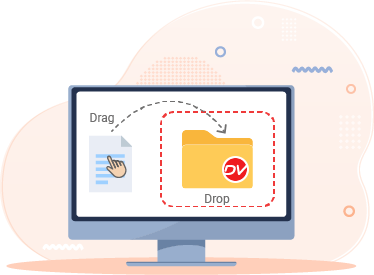Document Workflow Management: Making Life Easier for Back-Office

Sales, revenue, strategic planning… are the major business tasks commonly lionized at every workplace for business growth. But at the same time, back-office functions can’t be degraded as office administrators are the prime contributors to success. Their jobs include Document Workflow Management such as handling inquires, correspondence, billing, processing expenses, purchase authorizations, and so on… They play a huge role in how they influence profitability through the administrative costs on the company’s financial statements.
As the company grows, an administrator has to learn juggling with day-to-day operations of an office. Daily activities related to financial planning, billing, record keeping and logistics within an organization need to be streamlined for smooth functioning. Docsvault’s Document Management Software can turn your back office complexity into an opportunity for competitive advantage. It’s clever and agile workflow management tools eliminate burden of in-house duties by making employees’ jobs much easier.
Here are a few Docsvault Document Workflow management tools to implement for smart back office
User based Access:
Docsvault’s electronic document workflow management streamlines tasks at hand for responsible participants with ‘User Based Access’. Administrators can specify which users or groups will be a part of the workflow and its various steps. These users can be grouped into the following roles:
Initiators: Start a workflow on a document.
Managers: Supervise the entire workflow and have the privilege to transition or cancel a workflow at any point.
Watchers: Monitor a workflow process. However, they cannot perform any action on the workflow.
Participants: Assigned to perform a task in a particular step of the workflow. Users can add dynamic participants to any workflow step through the use of the “Users/Groups” dynamic index field.
Customizability
With Docsvault’s customizable graphical interface, users can model simple linear workflows or advanced non-linear multi-directional workflows according to each organization’s reality. Users can easily create tasks with drag-and-drop interface, predefine participants and steps, set deadlines and set notifications without writing a single line of code.
Notifications & Reminders
With the Notifications & Reminders tool, various reminders and alerts can be set for users and managers informing them about overdue tasks in the workflow. Workflow participants, managers, and watchers are also informed about the progress of the workflow via email notifications and various alerts.
Workflow Reporting
Docsvault provides built-in individual and manager-level document workflow management reports to enable users to assess the efficiency of their workflows and related business processes. Administrators can use these reports to locate problems with processes or to determine whether a group or individual is meeting performance targets for a particular business process.
Docsvault’s electronic Document Workflow Management leads not only to better business efficiency but also increases customer satisfaction and employee engagement.
Next time we will take you through advanced dynamic participants to any workflow step through the use of the new “Users/Groups” index field.
Stay tuned.






